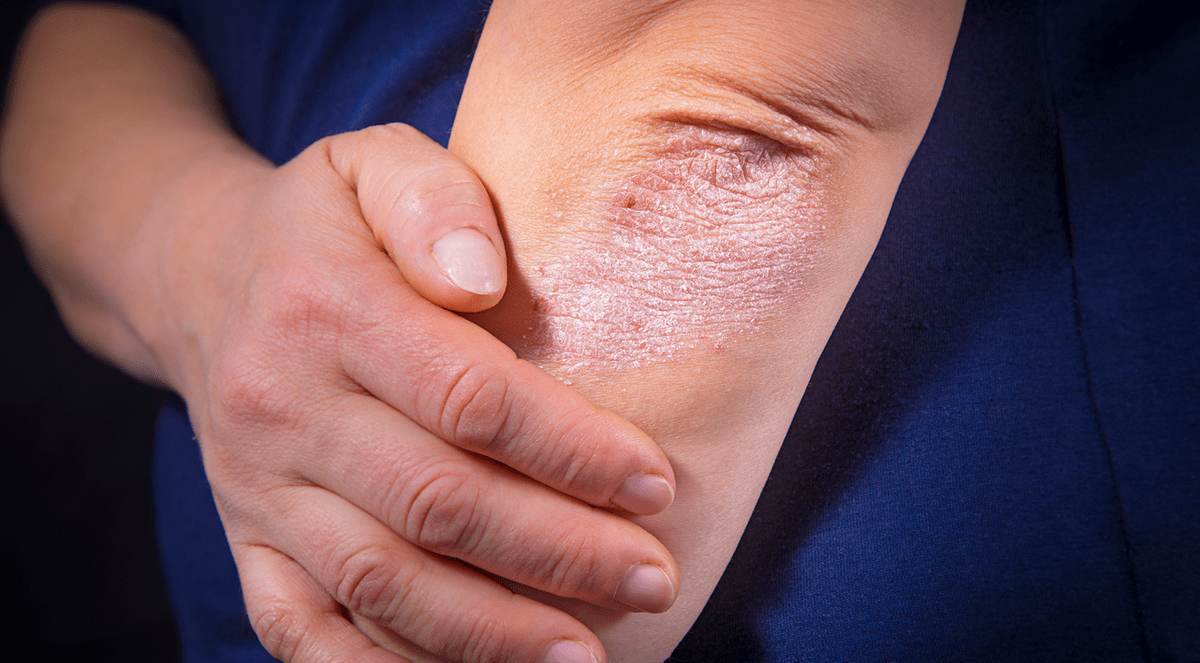The purpose of this review is to examine epigallocatechin-3-gallate (EGCG) regarding its stability in different conditions (pH-value, concentration, temperature), its interactions with common cosmetic ingredients, and its application in the dermatological field. The literature research considered published journal articles (clinical trials and scientific reviews). Studies were identified by searching electronic databases (MEDLINE and PubMed) and reference lists of respective articles. Higher concentrations of EGCG were reported to correlate with better stability and the same can be said for low temperatures and pH values. The interaction between EGCG and hyaluronic acid strengthens its antioxidant activities. Titanium dioxide coated with EGCG proved a suitable ingredient in sunscreens. The polyphenol possesses antioxidant properties, which proved effective in the prevention of UV-induced skin damage and to alleviate the symptoms of Imiquimod-induced psoriasis. The three endpoints of this review not only showed interesting results but also highlighted some limitations of EGCG. Studies show that the molecule is unstable, which may hinder its dermatological and cosmetic applications. The reported interactions with cosmetic ingredients were limited. As the health aspects of EGCG are well-reported, ECGC has become a focus of interest for health professionals trying to treat common dermatological diseases.© 2020 The Authors. Phytotherapy Research published by John Wiley & Sons Ltd.
Great green tea ingredient? A narrative literature review on epigallocatechin gallate and its biophysical properties for topical use in dermatology.


